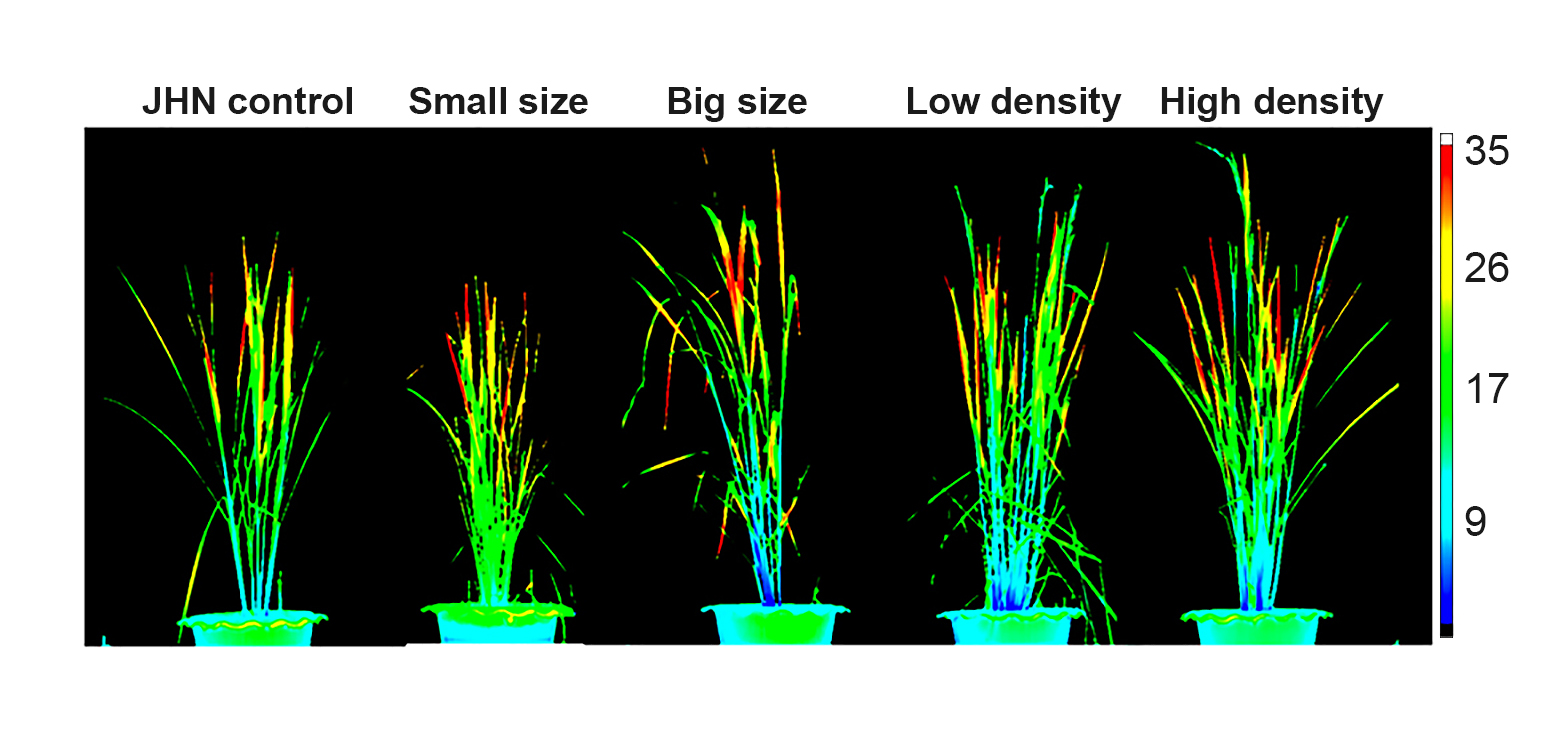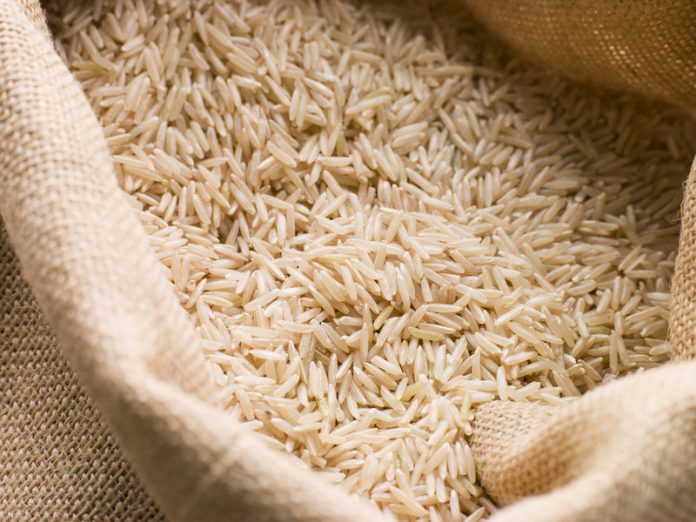Professor Apichart Vanavichit discusses the importance of rice crop and developments in rice production in light of the growing need of water efficiency
Rice (Oryza sativa) is one of the world’s most important crops and is especially important in Asia. Because irrigated rice consumes about 34–43% of the total water used for irrigation globally, increasing drought and global temperature will increase the risk of rice crop loss. However, rice is among the least efficient crops in terms of water use, whereby most of the uptaken water is used for transpirational cooling via stomatal pores on the leaf blades and sheaths. To increase the water-use efficiency of rice, alterations in stomatal density and size may help to reduce transpiration and thereby increase water-use efficiency (WUE).
Rice has amongst the highest stomata density and smallest stomata size of all plant species. Rice leaf regulates gaseous exchange and transpiration with the environment via stomatal complexes, which predominantly develop on both sides of leaf surfaces. Will lowering stomata density in irrigated rice reduce irrigation water needed and affect grain yield on cultivated rice? Two genetic approaches to create lower stomata density rice are transgenic and induced mutation. Transgenic IR64 with reduced stomata density, developed by the research team at the University of Sheffield (UK) and the International Rice Research Center, utilized 40% less irrigation water during 4-5 weeks post-germination, and more drought tolerant and cooler than IR64 with high stomata density (Caine et al., 2018). We identified rice with either low density (LD) or small stomata size (SS) from stable Mutant Core Collection (MCC) developed by the Rice Science Center at Kasetsart University (Figure 1). Gas exchange analysis revealed that the stomatal model lines have similar photosynthetic assimilation (A) and chlorophyll fluorescence with high stomata density or big stomata rice. Small stomata size respond quickly to increasing CO2 concentration and light intensity than other types of stomata. All stomatal model lines had similar WUE in the sufficient-water treatment. Long-term water stress had less impact on leaf drying, maximum photosynthetic quantum yield (Fv/Fm), biomass, harvest index (HI), grain yield, and WUE in rice with low stomata density. Taken together rice with lower stomata density (LD) produced 34% more biomass than high density rice with the same amount of irrigation water applied under restricted-water conditions. Currently, we have integrated low stomata density and small stomata size into climate-ready rice, with high yielding, multiple resistant to flash flooding, reproductive heat tolerance, broad-spectrum of bacterial leaf blight, blast, and brown planthopper. These new rice ideotypes will soon make strong impacts on stability and sustainability of rice under climate changes.

Acknowledgements
This project was supported by the BBSRC Newton Rice Research Initiative BB/N013646/1, National Science and Technology Development Agency (NSTDA) P-16-50286, and NSRF via the Program Management Unit for Human Resources and Institutional Development, Research, and Innovation (Grant No. B16F630088).
Professor Apichart Vanavichit
Department of Agronomy, Faculty of Agriculture Kamphangsean
Director of Rice Science Center, Kasetsart University, Thailand













